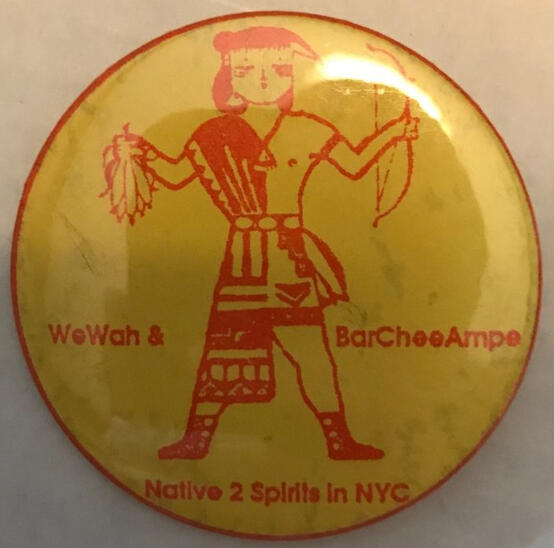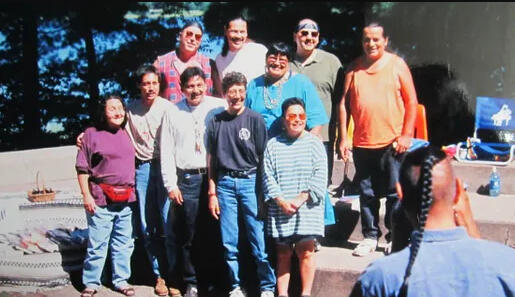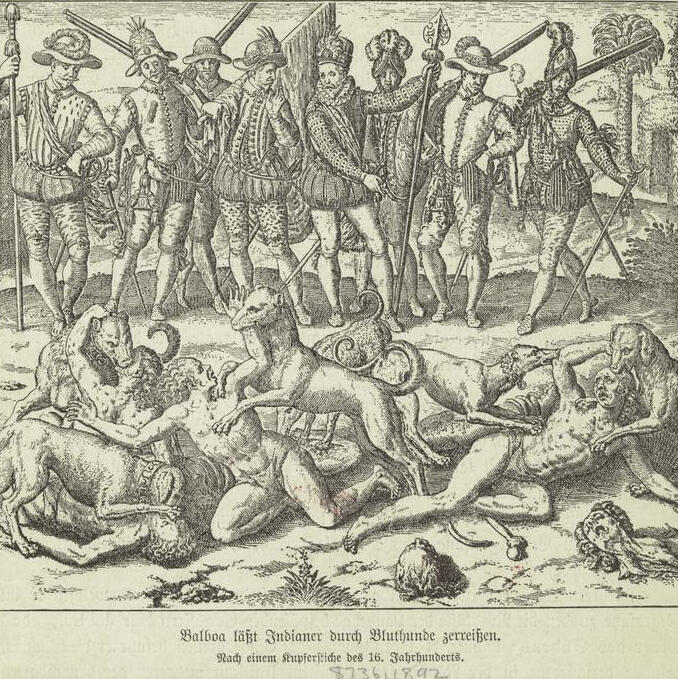
Welcome to the 2S carrd!
{ this carrd was compiled by a white baxoje dóxoge }
Note: there are more opinions on this term than I can fit on this carrd. Please check RESOURCES for more perspectives.
2S/ Two-Spirit/ Twospirit/ 2spirit
The term Two-Spirit is relatively recent. It's a term coined specifically to distinguish Native American & First Nations people from non-Native LGBTQIA+, as well as replace colonizer language to describe us.
In 1990, the Third International Gathering of American Indian and First Nation Gays & Lesbians, held in Winnipeg, broadened the use of the term Two-Spirit and gave its modern definition:
“the presence of both a masculine and a feminine spirit in one person.”
(Canadian scholar Scott Lauria Morgenstern calls it “a calque of a term,” translated and adapted from niizh manidoowag, which means Two-Spirit in the Anishinaabemowin language.)
After the Winnipeg gathering, Two-Spirit quickly supplanted the term berdache, a problematic word connoting sexual slavery and applied by European colonizers to male-bodied Native Americans who assumed feminine social roles and attire.
The term was used well into the 20th century by anthropologists and other (mostly) non-Native scholars despite its racist origins and exclusion of female-bodied Two-Spirits.
The identity itself was introduced by the Elder Dr. Myra Laramee through a vision she had prior to the 1990 gathering in Winnipeg. Myra shared the vision she had of her Anishinaabemowin name of niizh manidoowag; which roughly translates to having the ability to be neutral through the lens of having both a feminine spirit and masculine spirit within one's body.
It is a deliberate pan-Indian term that is still developing, and may be becoming outdated as Two-Spirits and queer Indigenous people discuss their experiences & needs.
Being Two-Spirit can be a fluid identity and each nation and Indigenous person has their own understanding of what it means to live and be Two-Spirit. For many nations Two-Spirits have culturally significant social roles, and identifying as 2S can be a process of reclaiming traditions or "awakening" into those roles.
One important element to note however is that the identity is specific to being Indigenous, in that the identity is a direct acknowledgement of the disruption of one's Two-Spirit teachings by colonization. It's a constant reminder of the ongoing impact of colonization. For many, being Two-Spirit in modern times is a social and political statement of Native resilience; intertwined with their own personal and cultural gender variance without non-Native boundaries or terms.
.sources

(Above: Basket and the Bow Gathering in Minneapolis, 1988.)
Two-Spirit History
CW // death, anti-Indigenous violence, images & description of cruelty
.
.
Prior to the 19th century, non-binary gender presentation among indigenous Americans was harshly condemned by European chroniclers as sinful, unnatural, and immoral, and practitioners were often inaccurately referred to as “sodomites” or “hermaphrodites.”
As many scholars have demonstrated, these judgments were used as evidence of the “inferiority” of Native civilizations, and thus to legitimize conquest and violence.
Among the earliest and most gruesome examples was an account published in 1516, detailing Vasco Nuñez de Balboa’s expedition across Panama. The author described how Balboa discovered dozens of high-ranking men dressed in women’s attire and had them torn to pieces by dogs, then claimed that the indigenous people rejoiced at being rid of the noblemens’ “contagion.”
